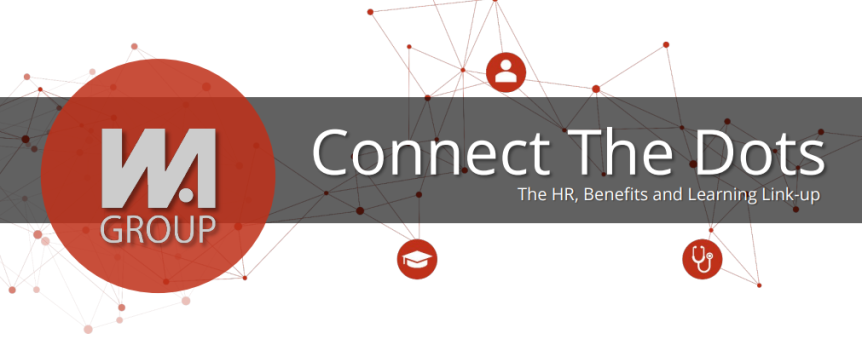Upcoming Webinars
Annual Limits for HSAs, Health FSAs, & DCAPs
The IRS provides several options for tax-favored reimbursement of different expenses, but the rules vary significantly between benefit options. Some accounts are subject to contribution limits, while others are subject to reimbursement limits. And then to complicate things further, some limits apply on a calendar year basis, while others are tied to the employer’s plan year. This webinar will clarify the 2025 annual limits, and how they apply to each type of benefit, including when there is a change in plan year or short plan year, or when employees join mid-year.
November 14th, 2024 @ 2pm
Registration link: https://assurexglobal.zoom.us/webinar/register/WN_K_M5UiBiSjmkmXewnyfAfQ#/registration
Presenters: Bob Radecki, Principal, Benefit Comply LLC & Regan Debban, J.D. MBA, Principal, Benefit Comply LLC
Compliance Corner
By: Benefit Comply
2025 Health FSA & Qualified Transportation Limits
In Revenue Procedure 2024-40, the IRS sets forth a variety of 2025 adjusted tax limits. Among other things, the notice indicates that employee contribution limits toward health flexible spending arrangements (health FSAs) and qualified transportation fringe benefits will increase for 2025. The limit on annual employee contributions toward health FSAs for 2025 plan years is $3,300 (increased from $3,200 in 2024), with the ability to carryover up to $660 (increased from $640 in 2024). The limit on monthly contributions toward qualified transportation and parking benefits for 2025 is $325 (increased from $315 in 2024).
Benefits Buzz
By: https://www.cpapracticeadvisor.com/
73% of Employees Want More Education on Company Benefits
- Millennials feel the most educated on employee benefits. Thirty-one percent (31%) of Millennials (ages 27-42) say they feel completely educated on company benefits. Other generations all feel very similar in their education: 26% of Gen X + Y workers (ages 43-58) and 25% of Boomers (ages 59+) say they feel completely educated on benefits, and 24% of Gen Z workers (ages 18-26) say the same.
- Employees that feel educated on company benefits are more likely to participate in them. The biggest jump in participation between employees that feel educated on benefits and those that don’t are with Health Savings Accounts (HSAs) and Flexible Spending Accounts (FSAs), financial education and planning, lifestyle compensation and retirement. Lifestyle compensation sees the largest contrast with 15% of benefit-educated employees participating, compared to 3% of those who don’t feel educated. Employees that feel educated on company benefits are three times more likely to opt in for HSAs and FSAs (44%) and financial education and planning (24%) than those that don’t feel educated (15% and 8%, respectively). And 70% of benefit-educated employees participate in retirement, while only 52% of those who don’t feel educated participate.
- Gen Z employees participate the least in retirement benefits, but those that do contribute the most of all the generations. Only 36% of Gen Z workers (ages 18-26) are investing in their retirement plan–compared to 71% of Millennials (ages 27-42), 74% of Gen X + Y workers (ages 43-58) and 59% of Boomers (ages 59+). While Gen Z’s low participation in retirement is likely because these workers are early in their career and the least educated on company benefits, those that are investing are contributing more than any other generation. One half (50%) of Gen Z workers contribute 11% or more of their salary to their employer plan, compared to 37% of Millennials, 41% of Gen X + Y workers and 32% of Boomers. Gen Z workers typically have more disposable income than their colleagues across other generations, which allows them to contribute more.
WA Group offers an Education and Advocacy program called VAST University. For more information on ways to educate and advocate, please connect with me to schedule an appointment.
HR Question of the week
Powered by: Mineral
We’ve just hired a remote employee who will be working in a different state. Do we need to make a new employee handbook?
You probably don’t need a whole new employee handbook, but you’ll certainly want to review the one you currently have in light of the laws in the state where the remote employee is located.
As you may know, you need to follow the laws in the state where the employee will be physically performing their work. States have a wide range of requirements regarding wages, breaks, leaves, and other employment matters, so it’s essential to learn about the requirements in the states where your remote employee will be working.
Then you’ll need to evaluate your handbook policies to determine whether you need to make any changes. Assuming you do, you’ll need to decide whether you want different state-specific policies based on employees’ locations or a single policy per topic that applies to—and is complaint for—all employees. State-specific policies can be more difficult to manage and may create resentment among employees in states with less generous benefits or entitlements. On the other hand, having a single policy can simplify administration and ensure consistency across all states, but it may be more expensive since you’ll need to align the policy with the state provisions that provide the greatest benefits and protections for employees.
This Q&A does not constitute legal advice and does not address state or local law.

